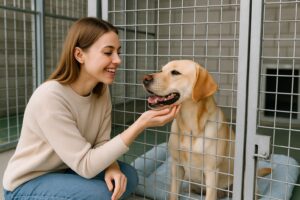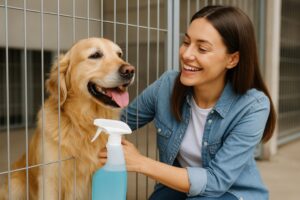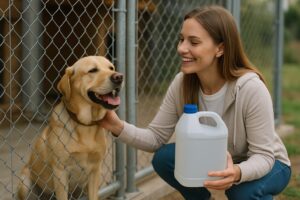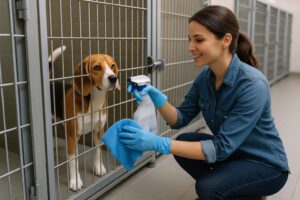
Do Dogs Really Need Supplements? Vet-Approved Answers for 2025
Explore whether dogs need supplements in 2025 with vet-approved insights, statistics, and guidance to ensure your pet’s optimal health.

Explore whether dogs need supplements in 2025 with vet-approved insights, statistics, and guidance to ensure your pet’s optimal health.

Discover essential factors Irish dog owners should consider when choosing kennel disinfectants to ensure pet safety and hygiene.

Discover how to select the best dog vitamins and supplements in Ireland for 2025. Ensure your pet’s health with our comprehensive guide.

Discover 7 essential tips to maintain a germ-free dog kennel in 2025, ensuring your pet’s health and comfort. Learn effective cleaning routines and hygiene practices.

Discover the best immune support supplements for Greyhounds in 2025 to keep your canine companion healthy and thriving.

Discover the top 5 pet-safe disinfectants for kennels in Ireland for 2025, ensuring a clean and healthy environment for your pets.

Discover the top 7 essential vitamins for dogs in Ireland to enhance their health and immunity in 2025. Learn how to keep your canine companion thriving.

Discover the best places to buy disinfectants for dog kennels in Ireland. Compare top products, understand key features, and ensure a safe environment for your pets.

Discover the optimal frequency and best practices for disinfecting dog kennels in 2025 to ensure a safe and healthy environment for your pets.

Discover effective methods to clean and maintain your dog’s feeding bowls, ensuring your pet’s health and hygiene in 2025.
WhatsApp Us